Detta inlägg finns tillgänligt på svenska här.
In this interview, project manager Charlotta Turner shares updates on the work regarding Lund University’s establishment in Science Village. The recently submitted scope proposal for Stage 2 is discussed, where the project team has carefully mapped out who and what is affected by the establishment and projected future space requirements. Charlotta also provides an update on the current status of the premises programme. If you want to learn more about how the establishment work will continue next year, we recommend that you check out the second part of our interview, which you can find here:
Part two of the interview: Hello Charlotta Turner! What does the work on the Science Village establishment look like next year?
The project team recently (October 18) submitted an operational scope proposal to the Vice-Chancellor. Can you explain what it is and how it will be used?
Charlotta: Yes, absolutely. The operational scope proposal is about mapping our current operations affected by the establishment and trying to understand how they will evolve in the future. We have discussed and examined whether there will be the same scope or if there will be changes. Then, we have presented everything from the number of office and teaching spaces and laboratory spaces to staff and students we believe are affected by the establishment. We have also reviewed research infrastructures and described what we think needs to be moved to the area or establish equivalent infrastructure and the infrastructure we do not believe should be relocated.
The scope proposal has been a comprehensive task for the project team and, at times, a challenge, but it has greatly helped us prepare for the work on the premises program, which is the next step.
The proposal is part of the work process and one of the three deliverables according to the decision by the Vice-Chancellor from December 2022, where the premises program is our final delivery. The scope proposal for Stage 2 has been discussed in both of our steering groups and sent to the Vice-Chancellor for review.
What does the project team envision for the future? Will the number of employees and students in Science Village remain the same, or will this change?
Charlotta: Currently, the establishment affects 670 full-time employees, excluding guest researchers, thesis workers, and other non-employees in the operation. As for the number of employees in the future, we expect it to be slightly fewer, around 600 employees. This is based on the concept of co-location efficiency, where we intend to utilize support functions more effectively. We also anticipate having slightly fewer teachers, but, on the other hand, these teachers will have better opportunities to engage in teaching and research.
However, we expect the number of students to increase somewhat. We anticipate having approximately 1,400 full-time students in Science Village. Our vision includes attracting international students, even from outside the EU, with interesting educational programs.
Can you tell us more about how you view the future when it comes to shared spaces? How do you determine the number of lecture and exercise rooms and lab spaces needed in the future?
Charlotta: To answer what the future will look like, our schedulers have created a test schedule for the year 2033/34. They have planned an entire academic year in the future based on our current programs and considered how many different educational spaces will be needed in Science Village. An important goal is to ensure that teachers and students do not have to travel between different locations in Lund on the same day. Together with the schedulers, we have analyzed the needs based on test schedules and tried to understand what is absolutely necessary for teaching in subjects like chemistry and physics, and then we have ensured that these needs are met through educational spaces. It has been a complex puzzle since many students study multiple courses simultaneously, not only in chemistry and physics, but I think we have managed to come up with something very good.
You’ve given the schedulers the freedom to determine the sizes of the spaces. Can you tell us more about this and how it impacts the design of the university’s facilities?
Charlotta: Yes, we wanted to give the schedulers the freedom to think outside the box when it comes to space sizes. This has led us to look at different types of spaces that can complement what we currently have on campus. Our vision is not to simply replicate what we have now but to think about how we can create more efficient, purposeful, and flexible spaces.
What is happening in the work to develop a premises program now?
Charlotta: We are currently in an intensive phase of premises program work. We have support from White Architects to help us gather information about our existing spaces. Right now, we are conducting a detailed current state description, which serves as a fundamental space analysis. This analysis encompasses not only the areas but also a thorough examination of how the spaces are used in relation to the operation.
We have also started categorizing the spaces for future use. This means that we have created “typical rooms” for the future and let representatives from the organization choose how their laboratories and spaces fit into these categories. We examine each individual space and look at various aspects, including the need for daylight or complete darkness, sensitivity to vibrations, and how often and in what way they are used. All this information is invaluable and will help architects develop a space program by the end of the year.
In addition to this work, we have conducted interviews with management teams, workshops with students regarding the learning environment, and workshops with technicians and other staff who are most knowledgeable about the labs and these spaces.
White Architects have also gone through the spaces at the chemistry and physics departments as well as EIT (Electromagnetism and Nanoelectronics) together with representatives from the organization. This has been a comprehensive process where we, together with the organization, have carefully reviewed the spaces, identified what works well, and what can be improved, and how to work more efficiently in different spaces.
It is also important that we not only think about buildings but also how to create a sustainable work and study environment in Science Village. Sustainability is very important to us, and we aim to reduce the need for, for example, commuting to and from work by car and ensure good bicycle paths up to the area with plenty of space for bicycles, and more.
Do you want to access the operational scope proposal? Please email lusciencevillage@science.lu.se to get in touch with the project team.
A blog post about how the project team is working on the student perspective regarding the establishment will be published on the blog soon.

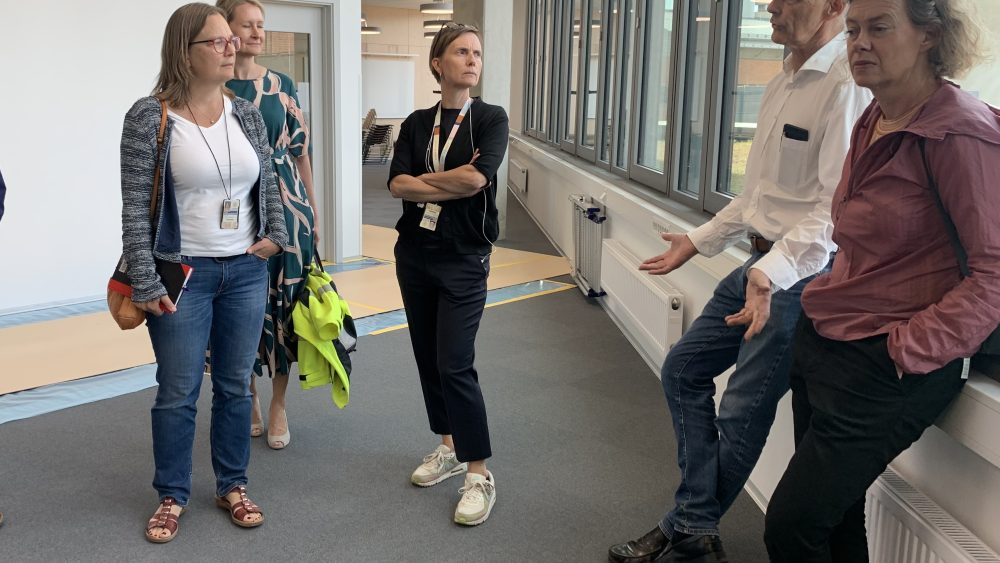
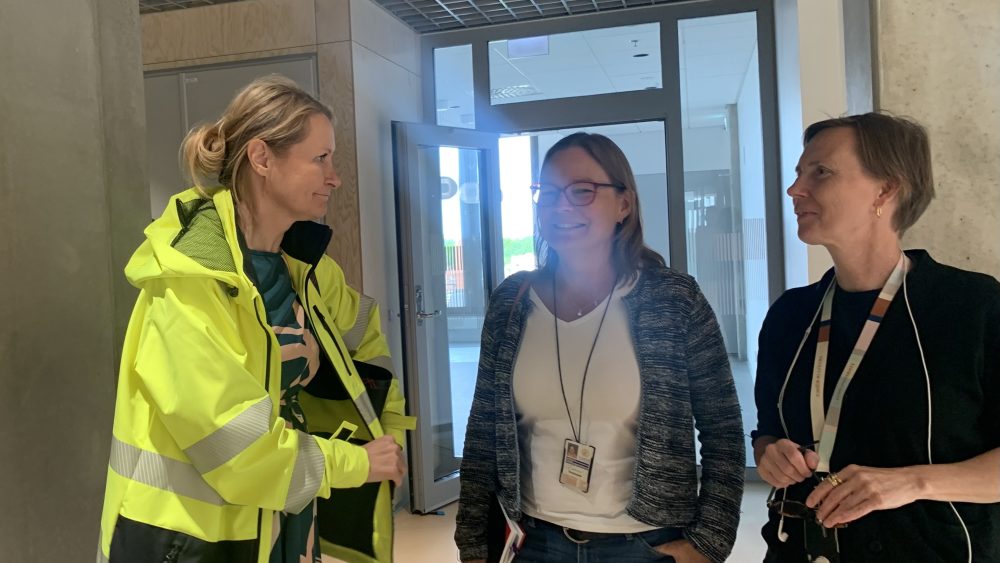
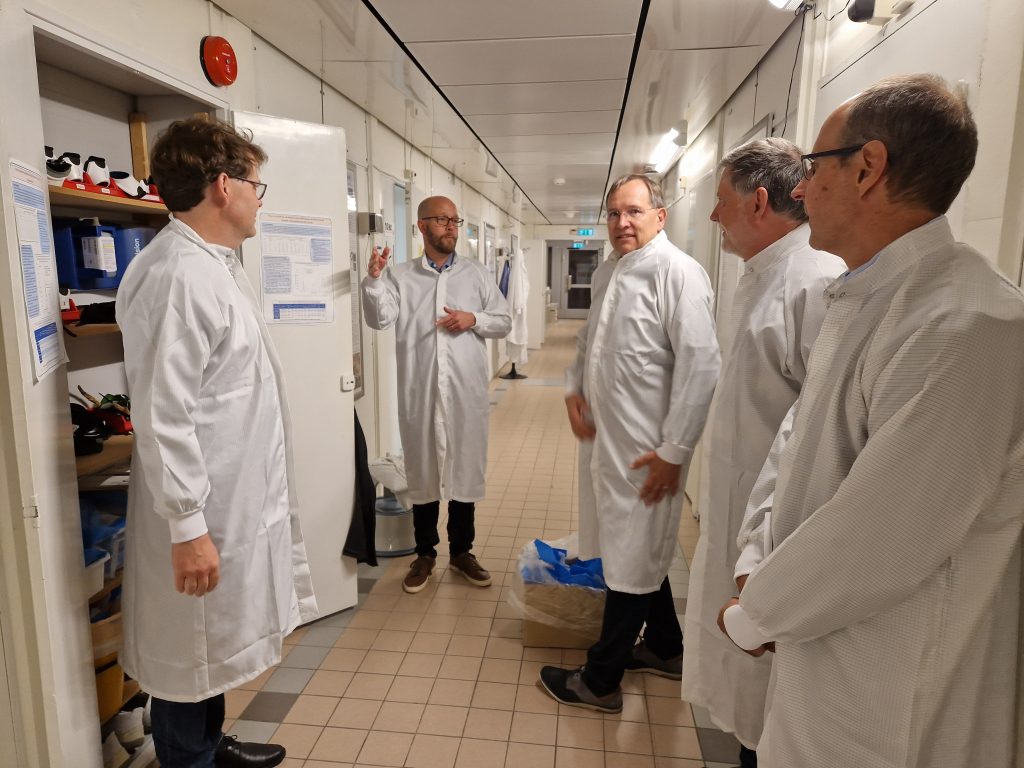
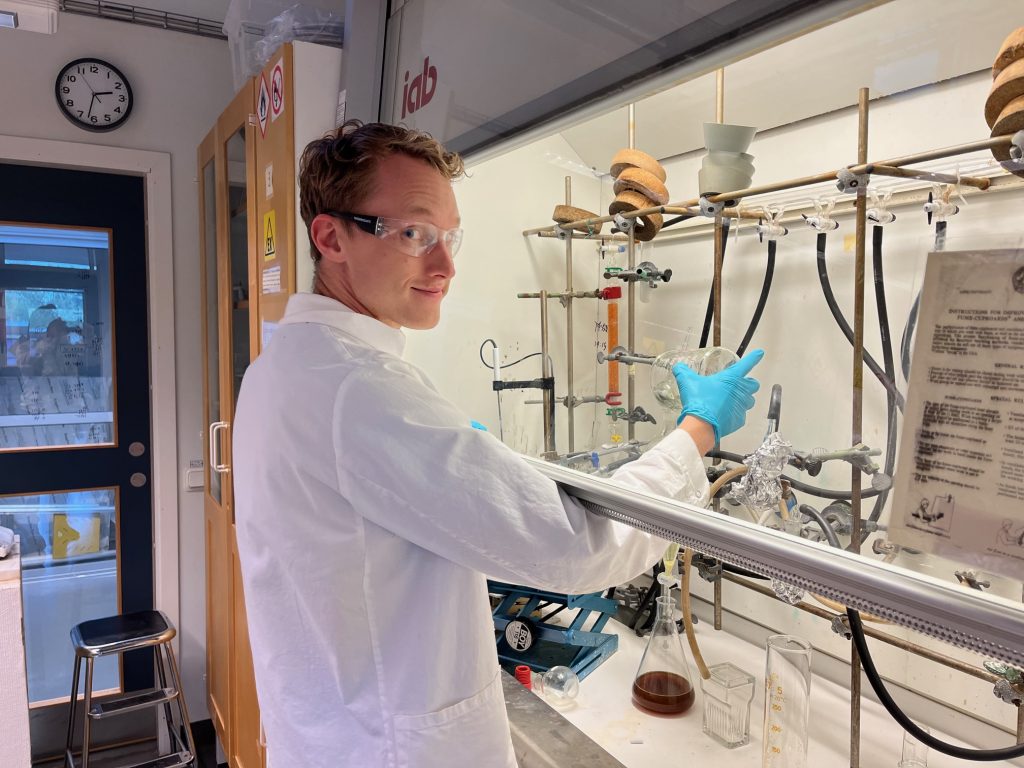
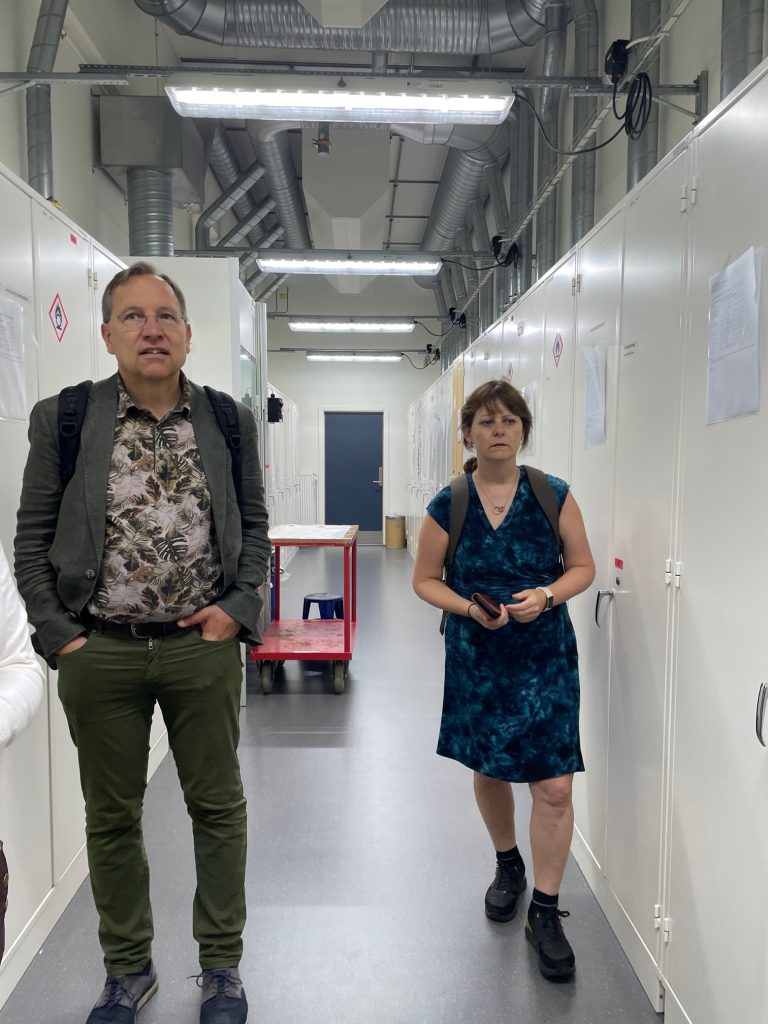
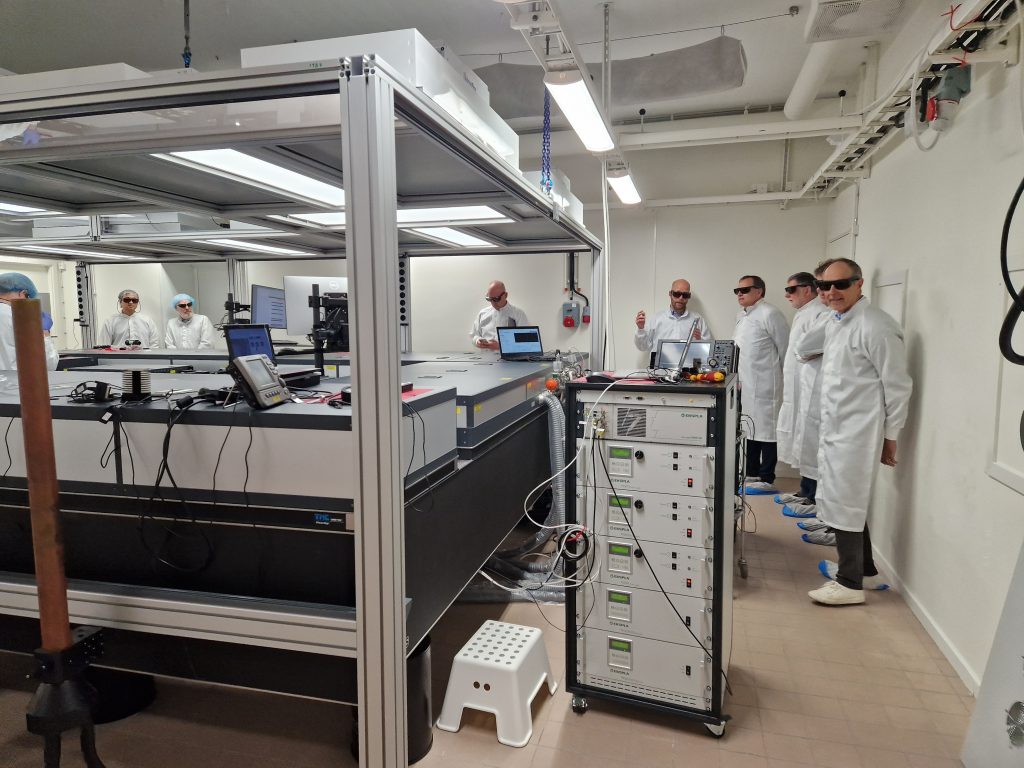
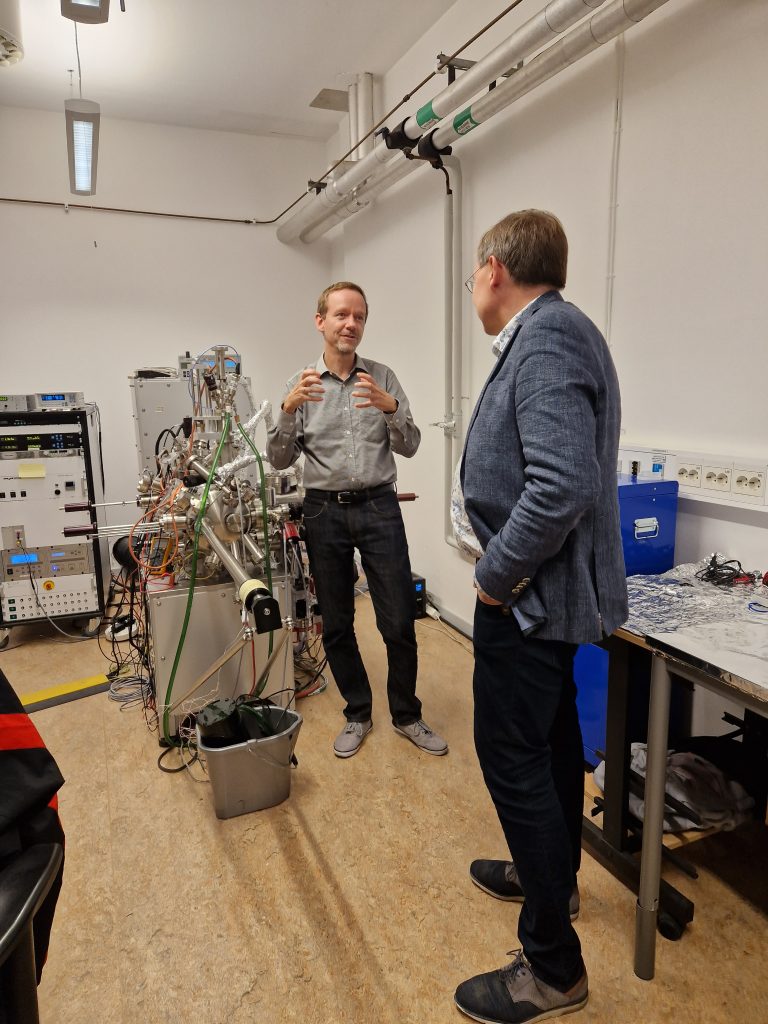
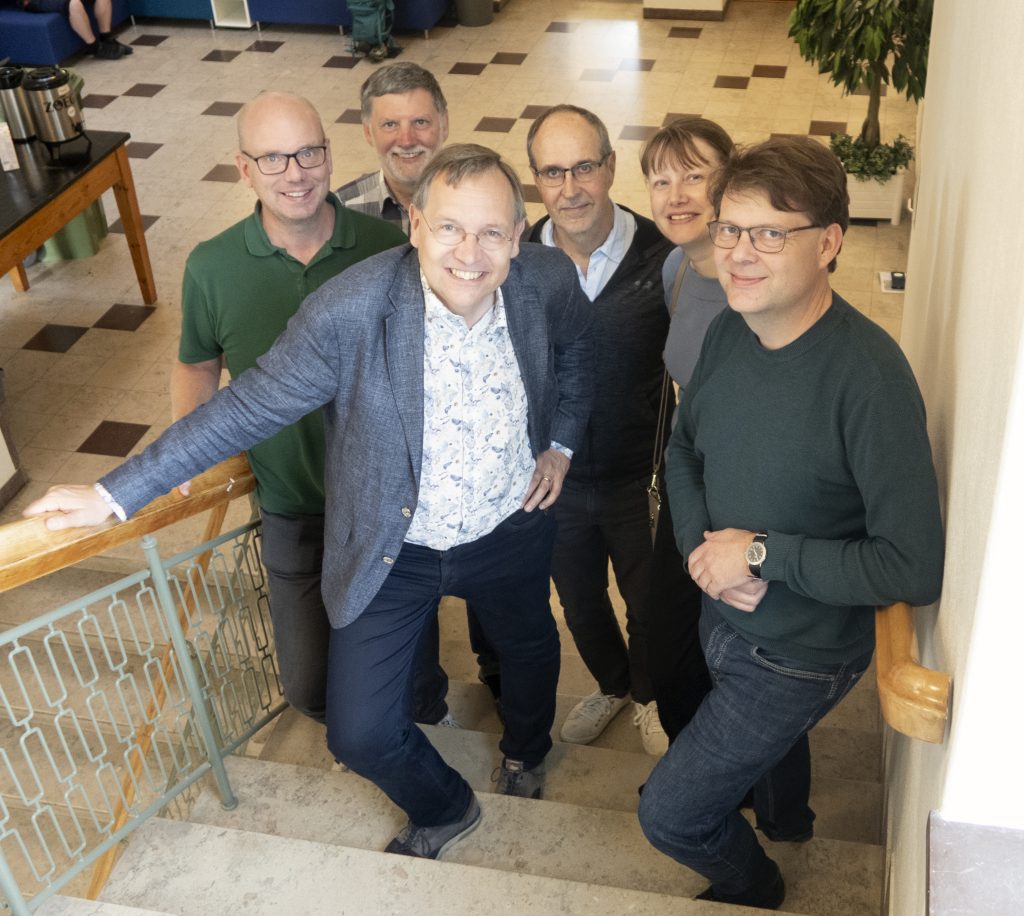
Kommentarer